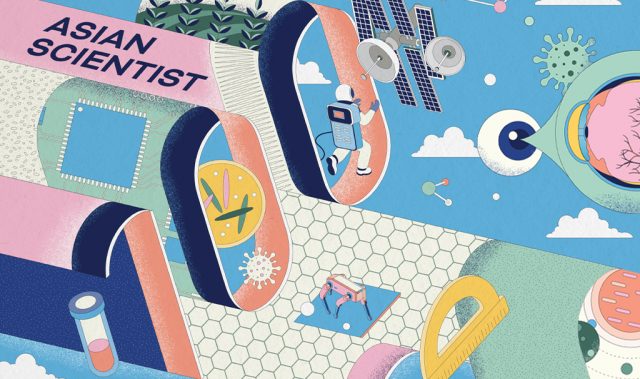
AsianScientist (Apr. 14, 2011) – In a study of blind patients from India whose sight was restored during late childhood or adolescence, scientists have found that the patients acquired the connection between what they saw and what they felt within days after surgery.
Led by Pawan Sinha, professor in MIT’s Department of Brain and Cognitive Sciences (BCS), Sinha and his colleagues identified research subjects for the study through Project Prakash, an initiative Sinha founded in India.
Project Prakash has a dual mission: restoring sight to children who have treatable forms of blindness, and investigating how the brain learns to process visual input. Prakash is also the Sanskrit word for light.
The findings, which appear in this week’s Nature Neuroscience, suggest that the brain does not have an innate ability to connect different types of sensory input; however, it can quickly learn to do so.
Most cases of blindness in India are caused by vitamin A deficiency, cataracts, retinal or optical dystrophies, or microphthalmos (poorly developed eyes). About half of these cases are treatable or preventable, but many blind children never receive medical care, especially in rural areas.
Since its founding in 2004, Project Prakash has screened more than 24,000 children and treated about 700.
During a 2007 trip to India, the researchers tested five patients ranging in age from 8 to 17 on the Molyneux question. Each had been born blind (four with congenital cataracts, one with corneal opacity). Each subject was tested within 48 hours of surgery, shortly after his or her bandages were removed.
In the first test, the children were shown a novel object made from plastic parts, which was then taken away. Then they were shown two objects and asked to identify the original one. That test establishes that the children can see well enough to identify the relevant properties of the object, and that they understand the task. The patients performed this test with more than 90 percent accuracy. The patients also performed well in a test where they had to identify, by touch alone, an object that they had earlier handled.
Finally, the patients were asked to visually identify an object they had previously held. In those cases, their answers were not much more successful than if they had guessed.
However, when the researchers tested the patients again, in one case just a week later, they showed dramatic improvement in the touch-to-vision test. The children were given different objects each time, and were not trained between sessions.
The authors were surprised as many visual tasks, such as face perception, can take 6 to 12 months to learn after sight is restored.
In ongoing studies, Sinha and his colleagues are using brain scans to look for brain regions that may be activated by a certain object, no matter what type of sensory information (e.g. tactile information from different materials).
Sinha believes that the dual mission of Project Prakash, to provide both a window into the brain’s developmental process and to treat blindness, is a unique one.
“These children have been treated and their lives have hopefully been improved, and that has also allowed us to answer a question that scientists have been puzzling about for over three centuries,” Sinha says.
The article can be found at: Held et al. (2011) The newly sighted fail to match seen with felt.
———
Source: MIT.
Disclaimer: This article does not necessarily reflect the views of AsianScientist or its staff.












